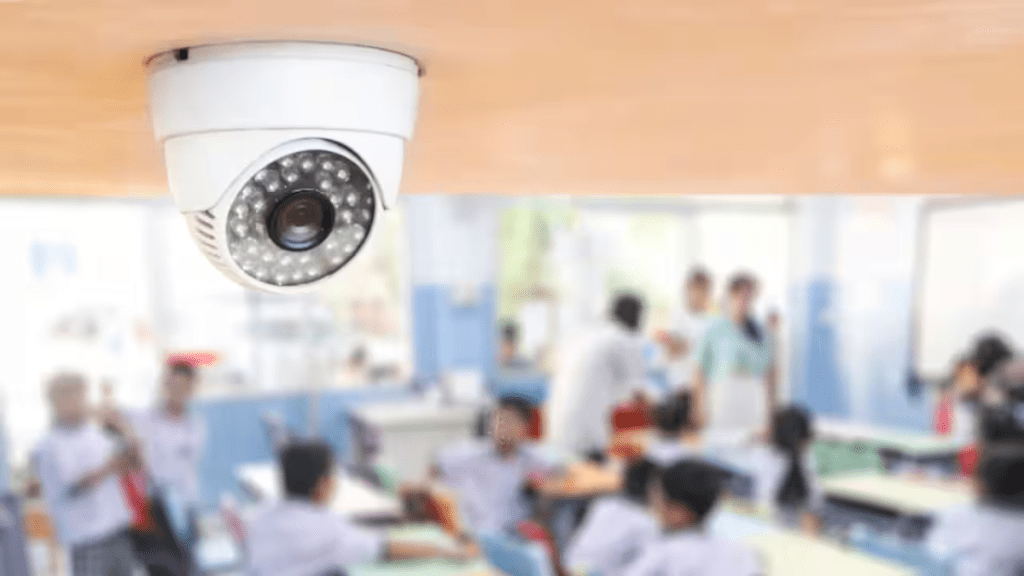In a notification addressed to the heads and managers of all schools, the Central Board of Secondary Education (CBSE) has announced that all affiliated schools have to mandatorily install high-definition CCTV cameras with audio-visual recording capacity at different points across the school.
These changes follow CBSE’s amendments to Chapter 4 (Physical Infrastructure) of its affiliation bylaws, in an initiative to better safeguard students’ physical and emotional safety in schools.
What do the amendments mandate?
In line with clause 1(X) of the National Commission for Protection of Child Rights’ (NCPCR’s) Manual on Safety and Security of Children in Schools, which requires all CCTVs in schools to be monitored and maintained regularly. The board for secondary education has directed all affiliated schools to install high-tech CCTV cameras with real-time audio-visual recording across the school venue, including: all the entry and exit points of the school, lobbies, corridors, staircases, all the classrooms, labs, library, Canteen Area, store room, playground and other common areas except toilets and washrooms.
The notification further necessitates that the cameras be equipped with a storage device that can retain 15 days of footage, which may be accessed by the government upon request if required.
What’s the motivation behind this change?
The board additionally clarified that the school’s responsibility to ensure students’ safety is not necessarily limited to physical safety but also involves protection against all forms of threats, including but not limited to emotional or psycho-social abuse, disaster, natural and man-made, fire, and transportation.
“Emotional safety is especially important because it is often difficult for teachers and parents to detect emotional problems and difficulties in children. Bullying can cause victimised students to suffer from lower self-esteem and daily stress about their well-being,” CBSE communicated in its official message to all affiliated schools.
CBSE further directed that ‘safety’ of students consists of two integral components, which include safety from ‘scrupulous unsocietal elements’ and safeguarding children’s overall well-being with reference to bullying and other implicit threats.

